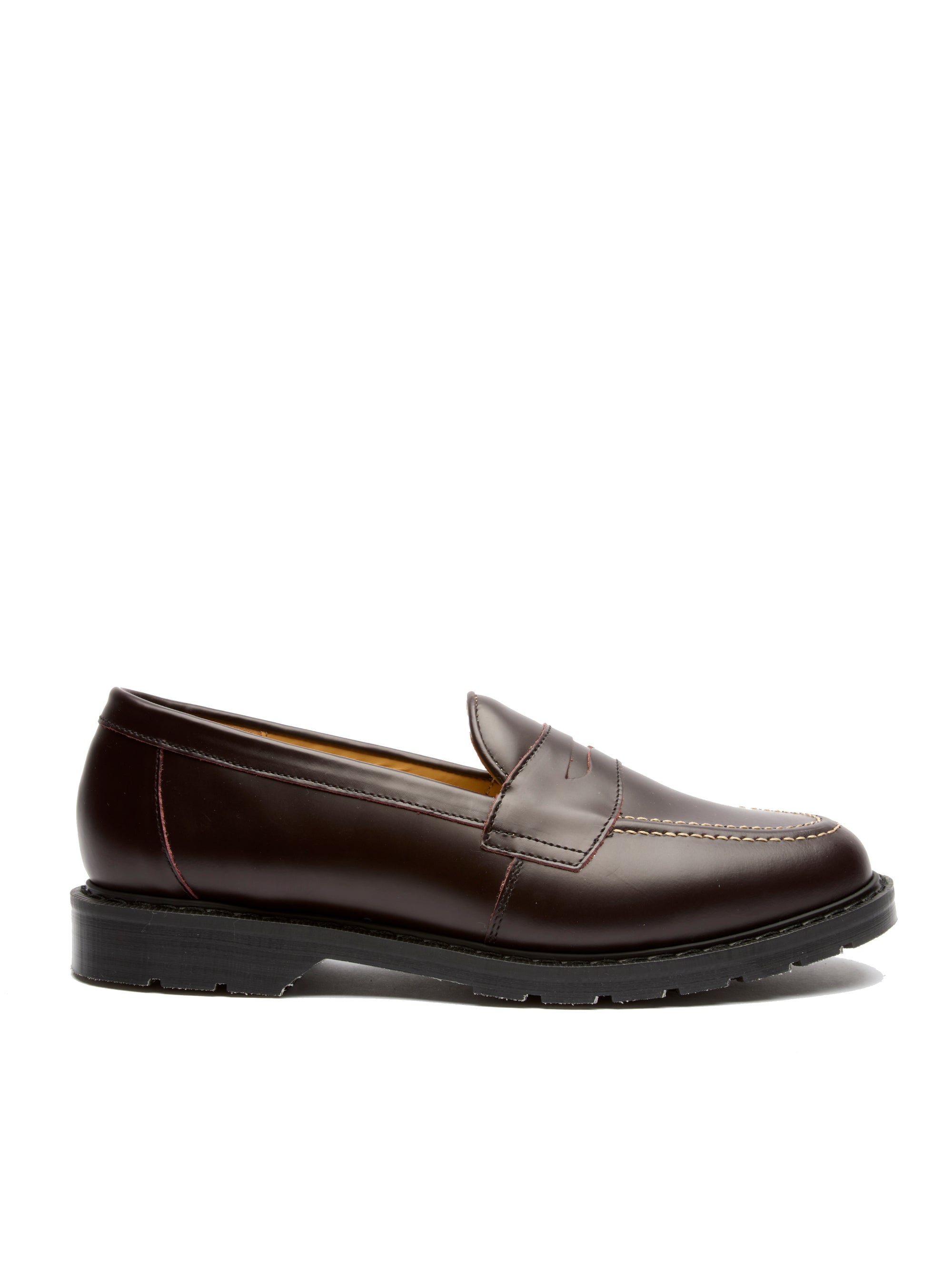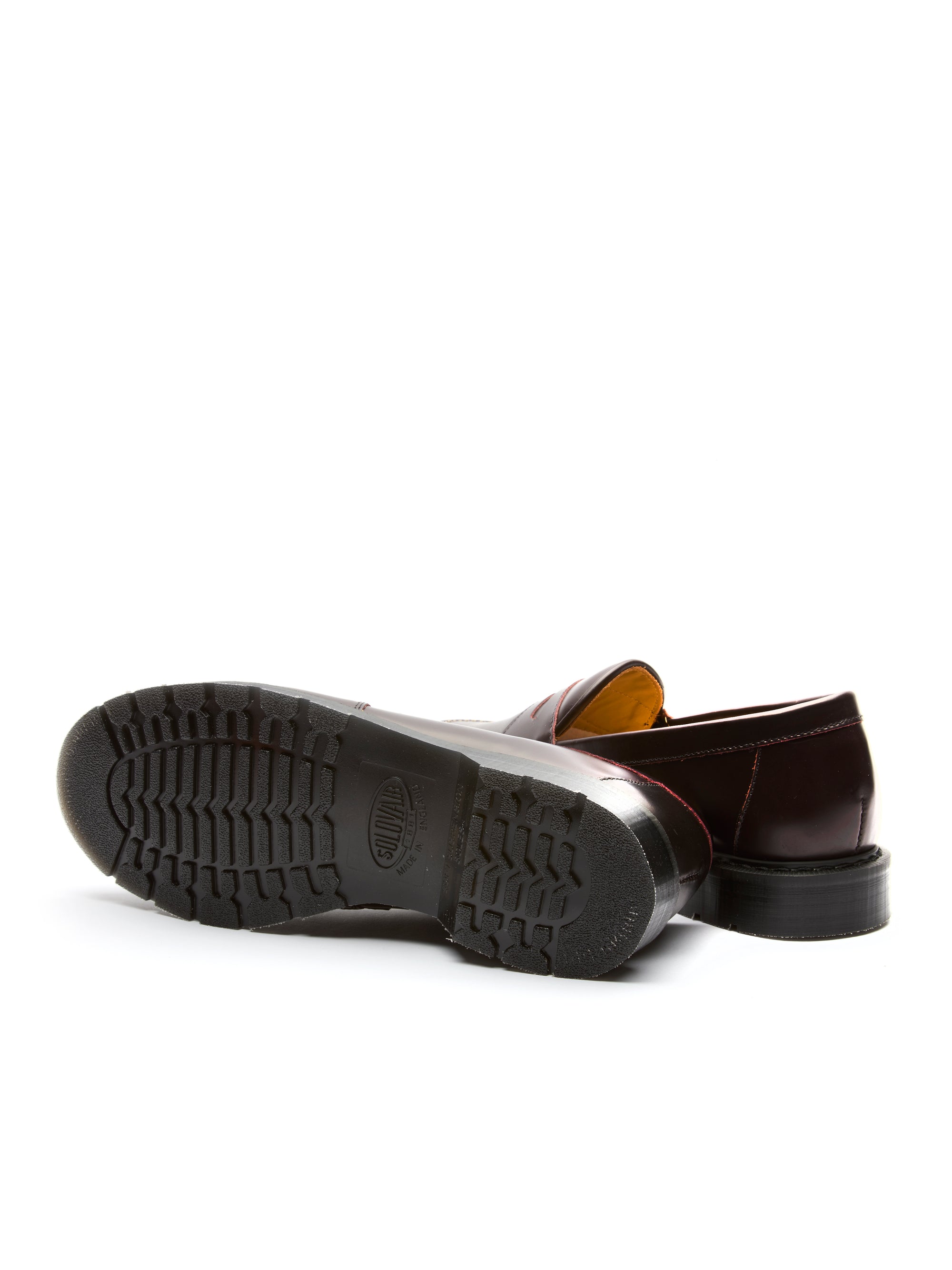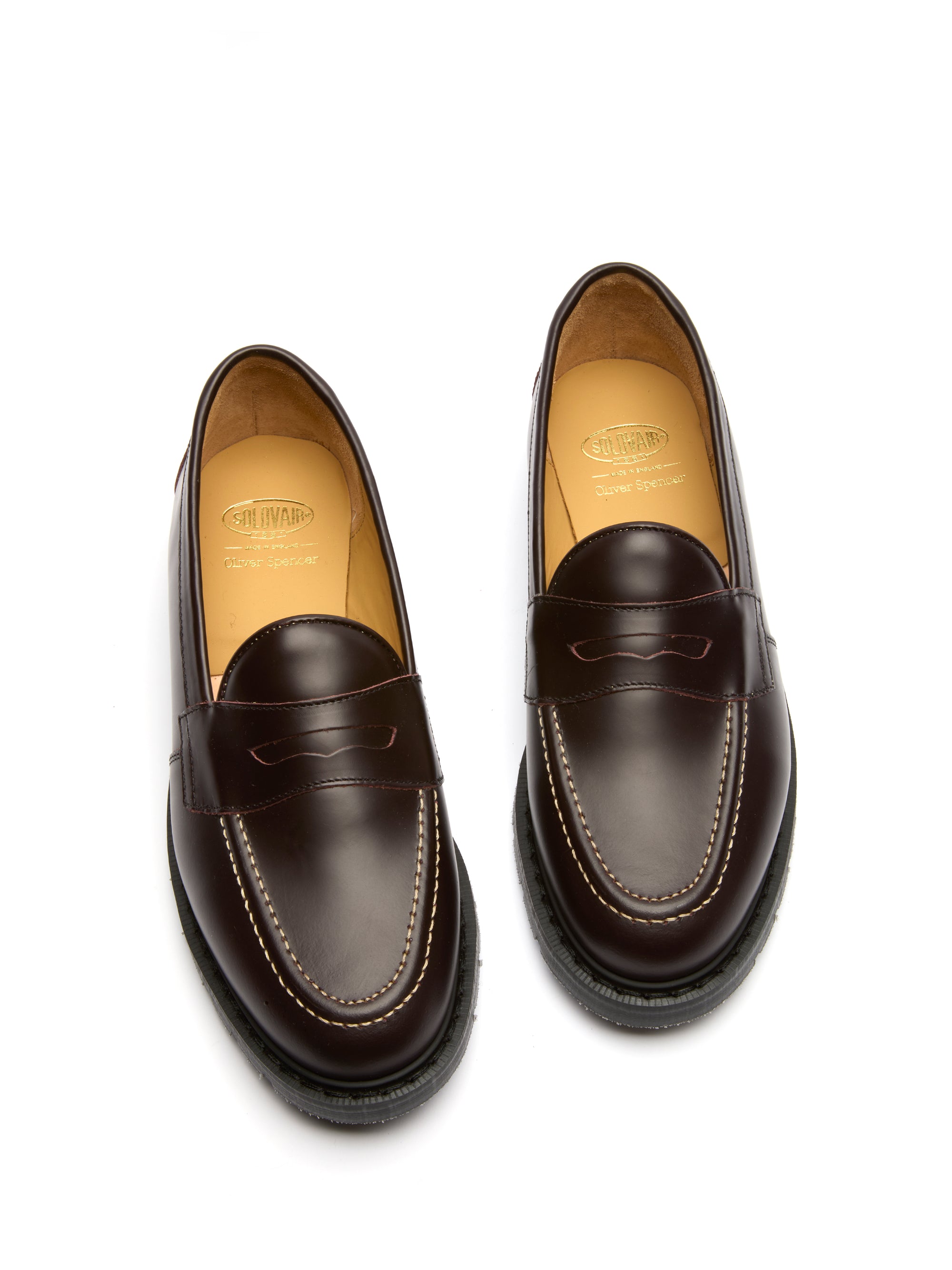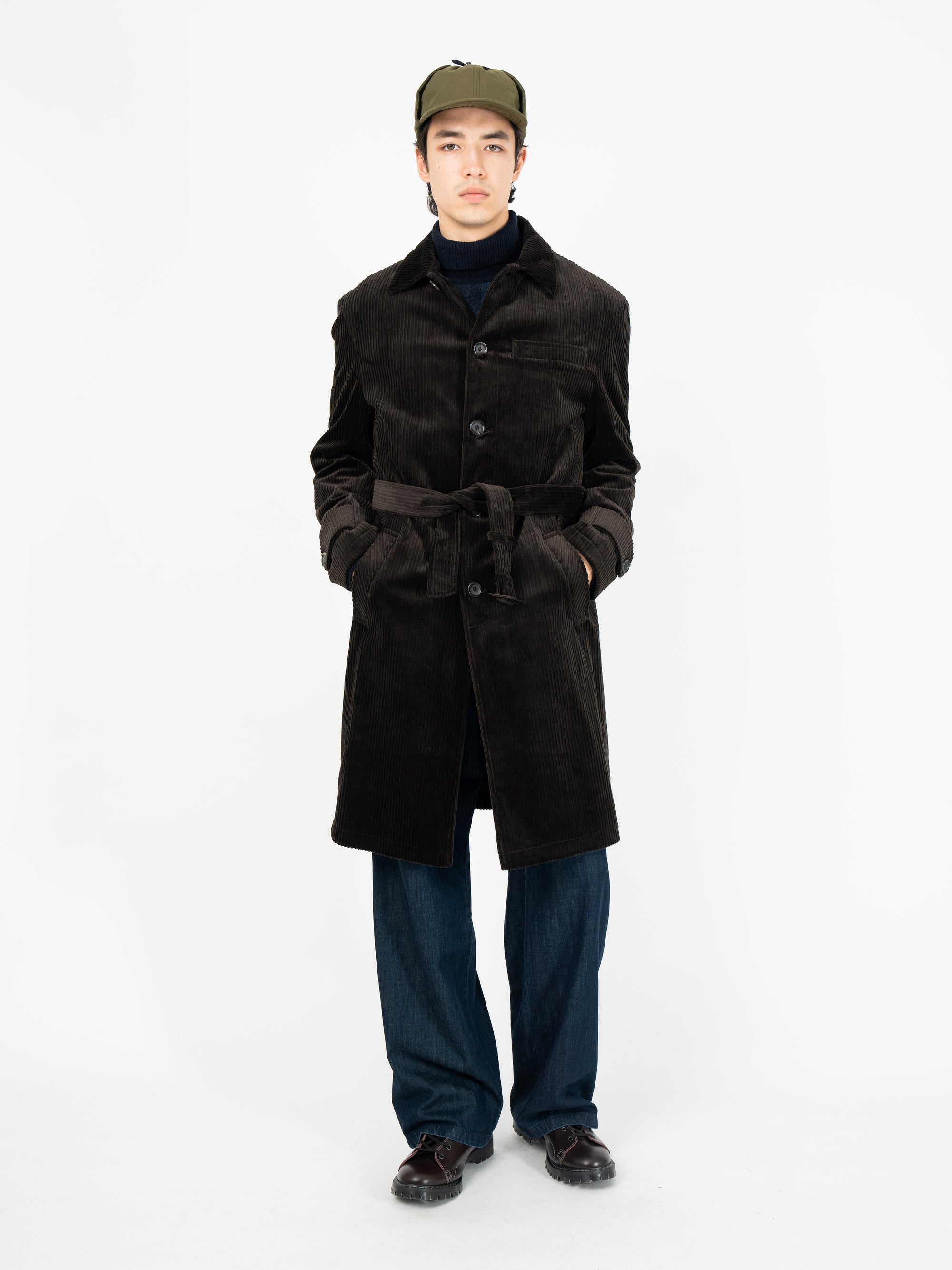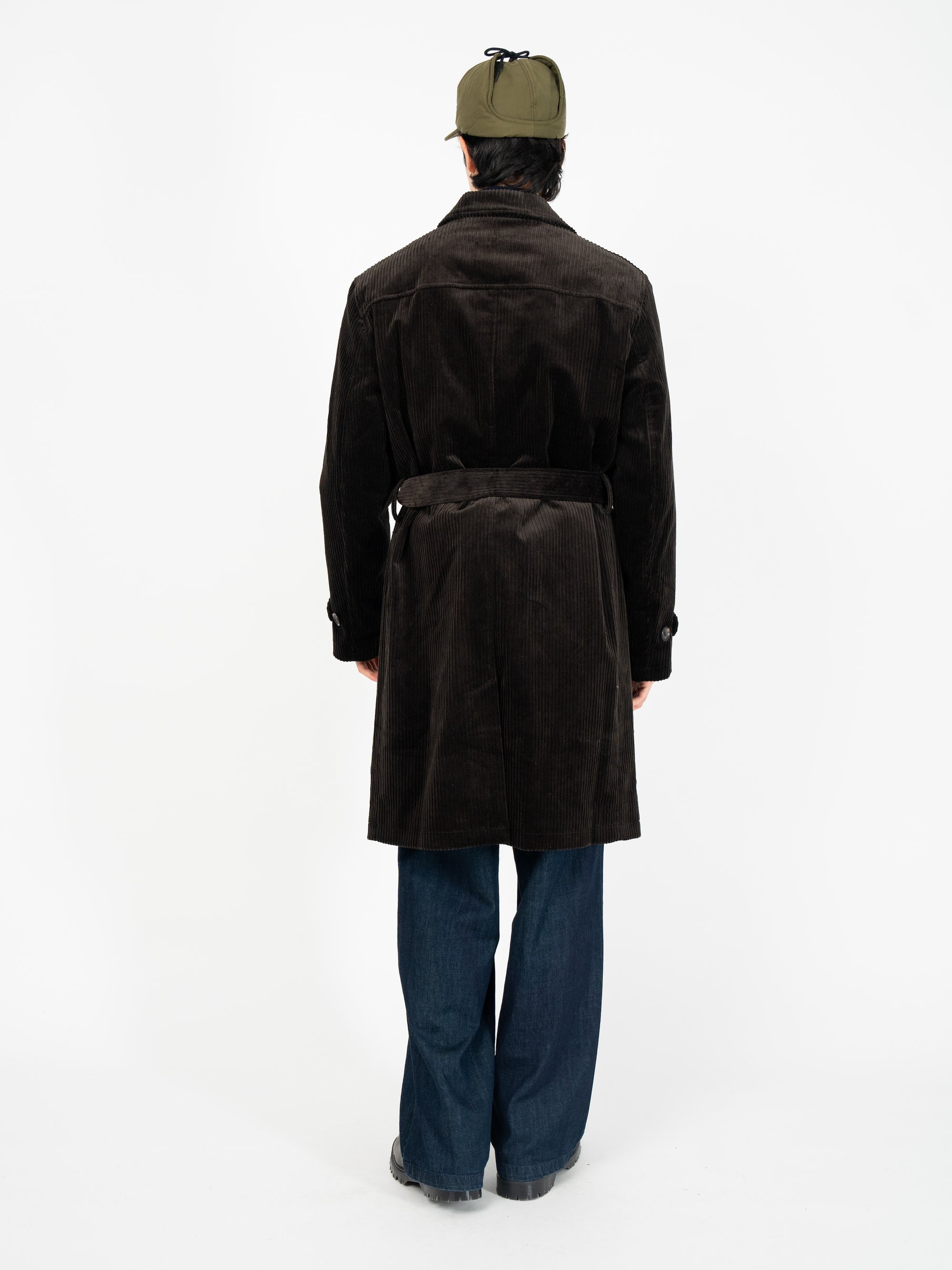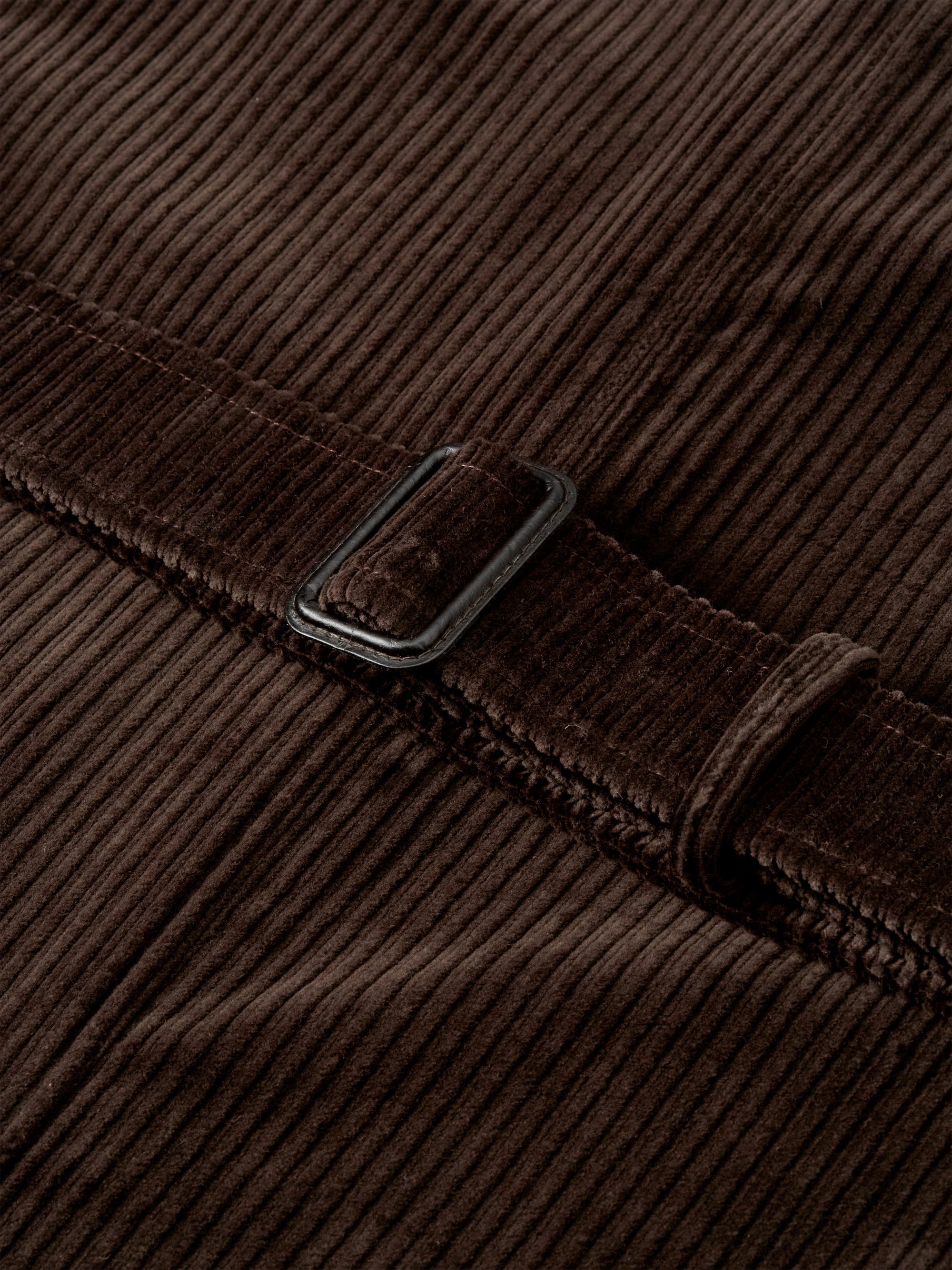The once-maligned fabric is this season's class act. Actually, maligned is a bit of a strong word. Corduroy emerged from its heyday in the 60s and 70s - when the likes of Robert Redford and Dustin Hoffman were sporting knockout corduroy jackets and suits in films such as All The President's Men and The Graduate - only to enter the 80s as everyone's favourite fashion scapegoat (then again, the 80s can take a good long hard look at itself in the mirror if we're talking fashion faux pas).
Overnight (at least in fashion terms), corduroy went from swarthy masculine to laugh-out-loud antiquated, but then that was the 80s - the era that spawned mullets, spandex, and shoulder pads! In recent years however, men have come back to their senses, re-adopting corduroy and giving it pride of place in their autumn/winter wardrobes. And quite rightly too - it's a fabulous fabric, full of texture, reflects light, and comes in a variety of styles, which is why we've used it extensively in this season's Oliver Spencer collection.

So what exactly is corduroy? Well it's thought that the origins of the fabric are French - the etymology of the word is believed to come from late 18th century France, from the term 'corde du roi' meaning 'cloth of the King'. It was woven then as it is now (only by less industrial means): it's most unique feature are the raised ribs that run parallel to the selvedge of the typically cotton cloth. The ribs are formed by cutting the threads in one direction, resulting in the rows or what is better known as 'wales' in the fabric. The higher the number of wales, the smoother or less textural the cloth will be. Classic corduroy typically has about 14 wales per inch, whereas needlecord has much finer ribs and is around 18 cords per inch. So that's your Corduroy 101 wrapped up. Let's see how we've used it in this season's collection:
Tailored Jackets and Suits


